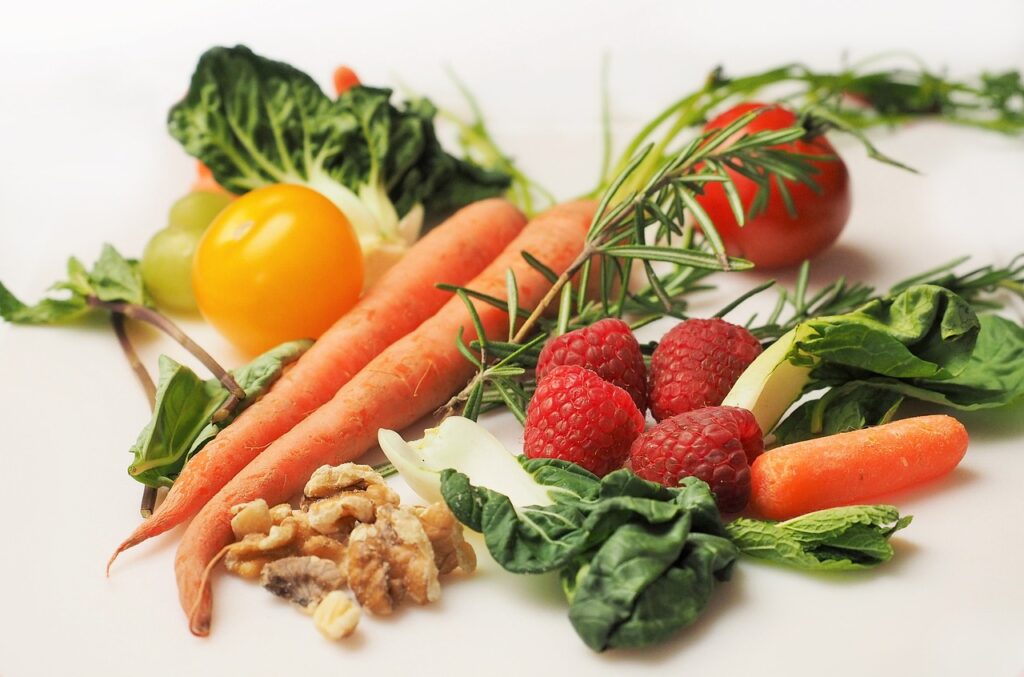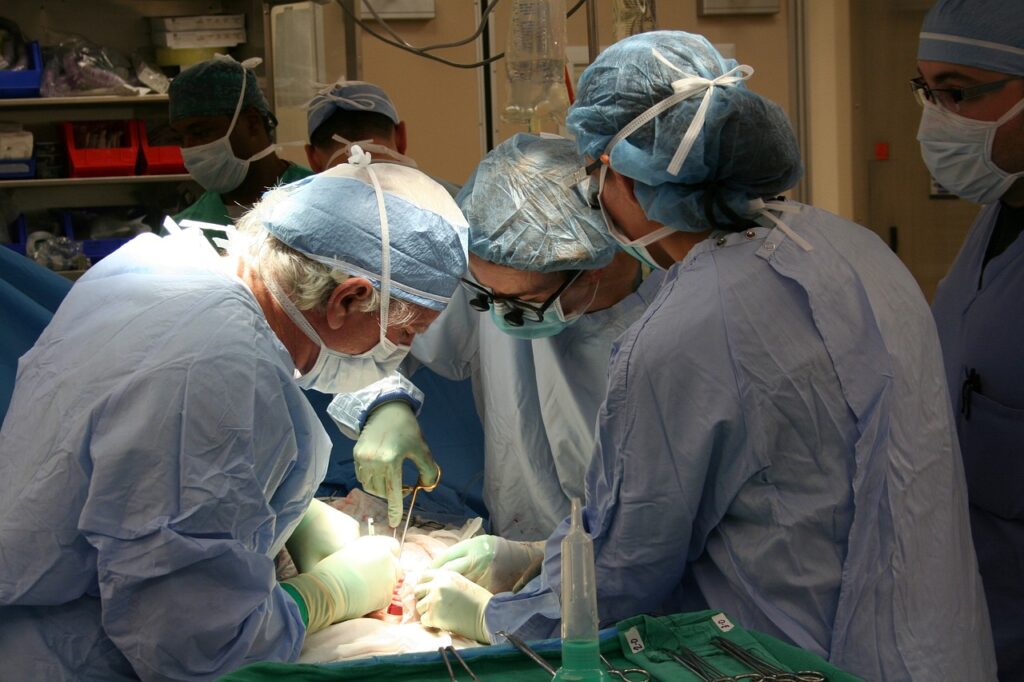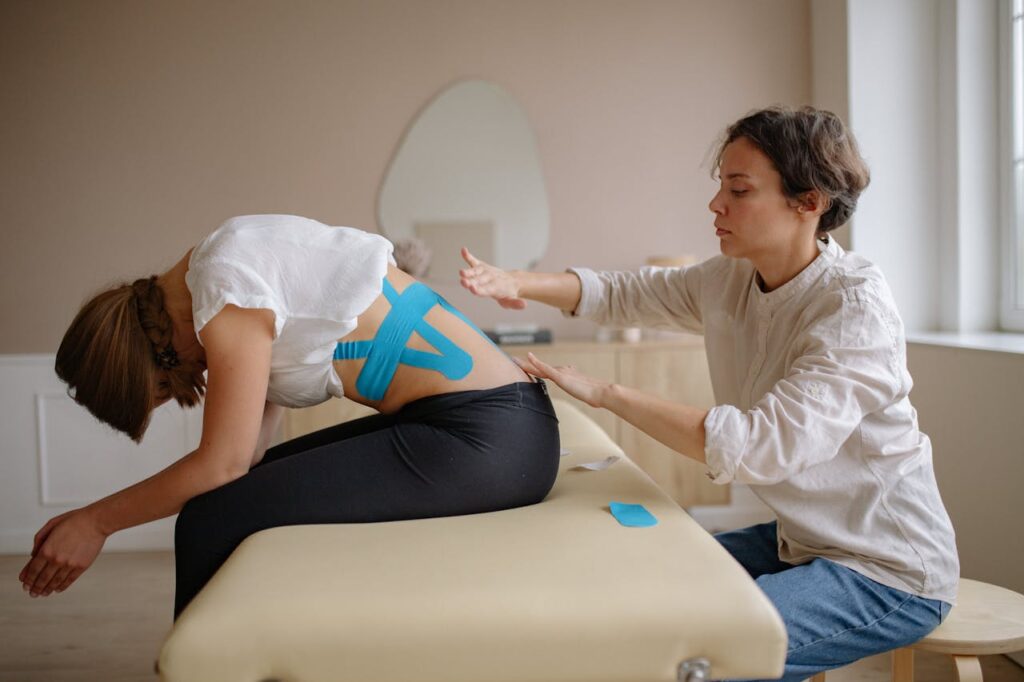
Breast cysts, fluid-filled sacs within the breast, are a common condition many women experience, especially those aged 35-50. While these cysts are generally benign and non-cancerous, they can cause discomfort and anxiety. This blog by Hikari Sparks explores foods and natural treatments that can help shrink breast cysts, alleviate symptoms, and improve overall breast health.
Understanding Breast Cysts Breast cysts are influenced by hormonal changes in the menstrual cycle. Symptoms include breast pain, tenderness, and palpable lumps that can vary in size. It’s essential to consult a healthcare provider for a proper diagnosis to rule out other conditions and to discuss appropriate treatments.
Foods That May Help Shrink Breast Cysts Certain foods have properties that help regulate hormones and reduce inflammation, potentially shrinking breast cysts. Here are some dietary recommendations:
Flaxseeds
- Benefits: Flaxseeds are rich in lignans, which help balance estrogen levels in the body.
- Usage: Add ground flaxseeds to your smoothies, yogurt, or salads for a nutritional boost.
Cruciferous Vegetables
- Benefits: Vegetables such as broccoli, cauliflower, and Brussels sprouts contain indole-3-carbinol, which aids in the detoxification of excess estrogen.
- Usage: Incorporate these vegetables into your daily meals, whether steamed, roasted, or added to salads and stir-fries.
Fatty Fish
- Benefits: Omega-3 fatty acids in fish like salmon, mackerel, and sardines have anti-inflammatory properties that can help reduce breast cysts.
- Usage: Aim to include fatty fish in your diet at least twice a week.
Whole Grains
- Benefits: Whole grains such as oats, quinoa, and brown rice help stabilize blood sugar levels and reduce inflammation.
- Usage: Replace refined grains with whole grains in your diet to reap the benefits.
Fruits and Berries
- Benefits: High in antioxidants, fruits and berries help reduce oxidative stress and inflammation, contributing to overall breast health.
- Usage: Incorporate a variety of fruits and berries into your daily diet.
Green Tea
- Benefits: Green tea contains polyphenols, which have anti-inflammatory and anti-carcinogenic properties.
- Usage: Drink 2-3 cups of green tea daily for maximum benefits.
Natural Treatments for Breast Cysts Along with dietary changes, several natural treatments can help manage and alleviate the symptoms of breast cysts:
Herbal Remedies
- Chasteberry (Vitex agnus-castus): This herb is known to balance hormones and reduce breast pain.
- Evening Primrose Oil: Contains gamma-linolenic acid (GLA), which can help reduce breast pain and inflammation.
Supplements
- Vitamin E: May help reduce breast pain and the size of cysts.
- Iodine: Adequate iodine levels are crucial for breast health, and a deficiency can contribute to cyst formation.
Warm Compresses
- Benefits: Applying a warm compress can alleviate pain and reduce swelling.
- Usage: Use a warm, damp cloth on the affected area for 10-15 minutes to soothe discomfort.
Regular Exercise
- Benefits: Exercise helps regulate hormones and reduce overall body inflammation.
- Usage: Aim for at least 30 minutes of moderate exercise most days of the week to maintain hormonal balance and overall health.
Stress Management
- Benefits: Reducing stress can help balance hormones and improve overall well-being.
- Techniques: Practice yoga, meditation, or deep-breathing exercises to manage stress effectively.
Avoiding Caffeine and High-Fat Foods
- Caffeine: Some studies suggest that reducing caffeine intake can alleviate breast pain associated with cysts.
- High-Fat Foods: Limit saturated and trans fats, which can increase inflammation and exacerbate symptoms.
When to See a Doctor While natural treatments and dietary changes can be beneficial, it’s important to consult a healthcare provider if you notice:
- A new lump in your breast.
- Changes in the size, shape, or feel of your breast.
- Persistent breast pain or discomfort.
- Any discharge from the nipple.
Managing breast cysts through a combination of diet, natural treatments, and lifestyle changes can make a significant difference in your breast health. Incorporating foods that help balance hormones and adopting holistic practices can alleviate symptoms and improve overall well-being.


